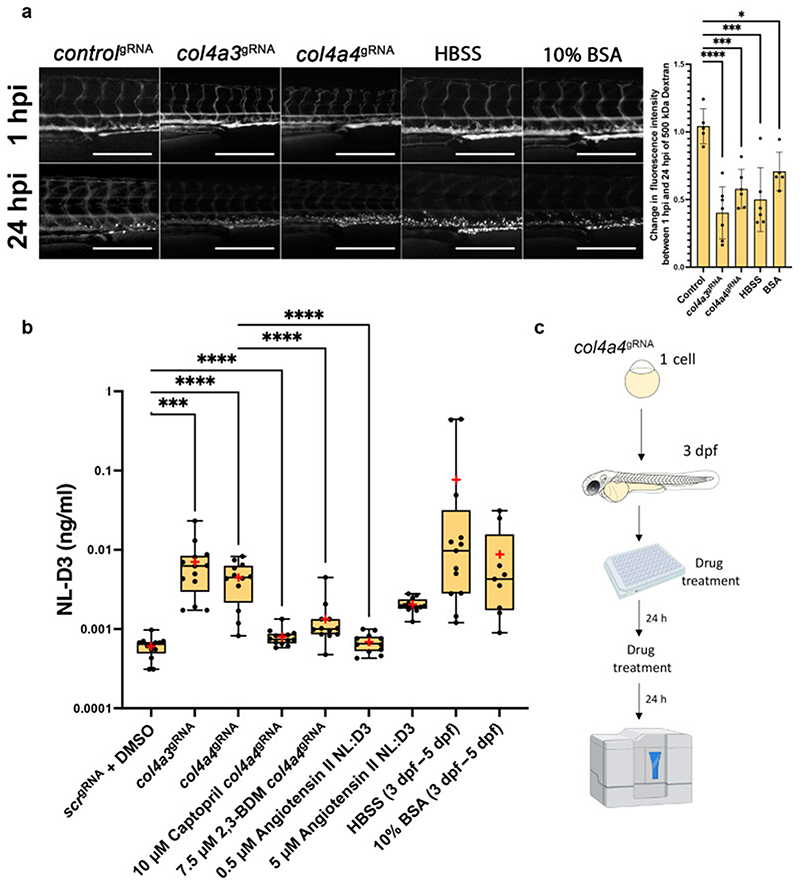Figure 6. Alport zebrafish display proteinuria which can be alleviated by reducing intraglomerular force.
A) Panels showing 4 dpf embryos injected with a 500 kDa FITC-conjugated dextran at 1 hour post injection (hpi) and 24 hpi after the treatments shown (controlgRNA n=5, col4a3gRNA n=6, col4a4gRNA n=6, HBSS n=5, 10% BSA n=5). Scale bar = 250 μm. Bar chart to the right shows the change in fluorescence intensity measured in the dextran-injected embryos at 24 hpi compared to 1 hpi. B) Box and whisker plot showing amounts of NL-D3 produced into embryo medium in control scr (n=13), col4a3 (n=13) and col4a4 (n=14) crispants. The effect of the angiotensin converting enzyme inhibitor (ACEi) captopril (n=12) and 2,3-Butanedione monoxime (2,3-BDM, n=12) on proteinuria in col4a4 crispants is also shown. Angiotensin II (n=12), HBSS (n=12), and 10% BSA (n=9) all increased proteinuria in NL-D3 zebrafish embryos. Median is shown as a line and mean is shown as a red cross-hair. C) Schematic showing the experimental pipeline for assaying the effects of chemicals in zebrafish NL-D3 embryos.

